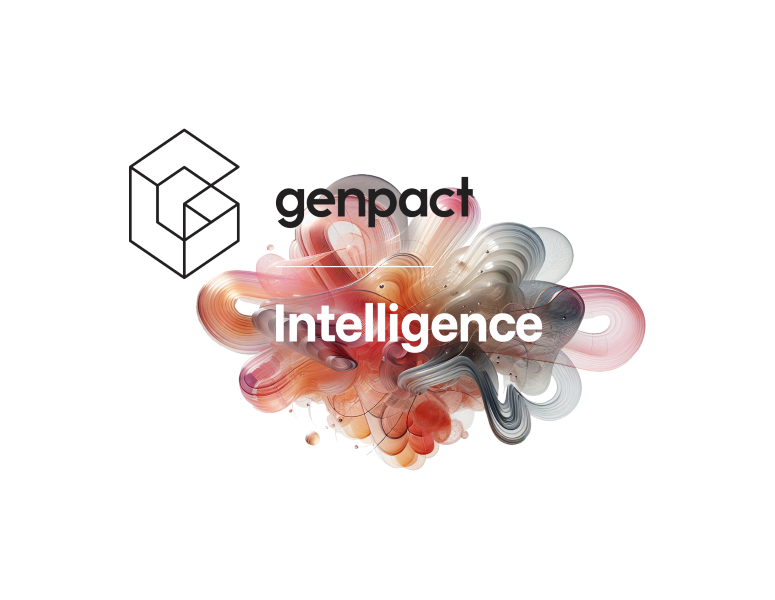Meet the industry-leading companies we partner with to scale the impact we generate for clients.
Is your company spotting every available opportunity to recover funds through subrogation? Maybe not. Insurers miss out on 15% of all claims that could be recouped through this process, according to the National Association of Subrogation Professionals. And even when carriers do recognize such opportunities, they don't follow through to recovery in nearly one-third of all cases. Sometimes they don't even try. They simply close files that could have produced results.
Identifying subrogation missteps
So why do so many insurance companies miss these chances? Multiple factors come into play.
- Manually entered information can result in errors of judgment
- Intake personnel can overlook critical information or miss subrogation potential
- Built-in system rules can be too inflexible to catch cases or may misidentify them
- Incomplete records can make it hard to prove a defendant's liability
- An ineffective collection strategy and untrained staff can hamper efforts
- Poor metrics can make it difficult to monitor performance
- Badly handled dispute, arbitration, and litigation files can produce low win rates
Costs go up unnecessarily for carriers with decentralized operations in expensive locations, and if employees' skill sets don't match their responsibilities. Poor data and document quality are a challenge, too – and the problem compounds when there are many people involved in subrogation claims but no one takes ownership of the process.
Recouping what's yours
Missed subrogation claims quickly add up. Every year, carriers pay out about $35 billion for automobile collision repairs alone. Recovering just 1% through subrogation would bring in $350 million. And that could certainly make a big impact on carriers' bottom lines.
What's more, improving your collection rate isn't just a great way for your company to cut its loss ratio and help keep you competitive. Effective subrogation also improves customer satisfaction. And with the right system in place, you can retain more funds by minimizing the cost to collect, which Genpact calculates can go as high as $400 per file.
Bottom line: our estimates indicate that by building a best-in-class operating model, insurers can recover up to 22% of paid claims, cut recovery costs by 50%, and improve operating ratios by almost 4%. Clearly, there's a big payout to gain if you're prepared to retool.
Bringing subrogation up to speed
But where to begin? What do you need to prioritize for the best ROI? And how can you keep your cost to collect under control? A good subrogation process calls for a robust system, online collaboration, rigorous operations, and strong metrics. Here are some steps you can take.
- Process reengineering. With optimization, you'll get end-to-end processing as well as improved data and document quality while also reducing billing and collection time
- Automation. Automating rote tasks such as creating subrogation packages, producing follow-up emails, and allocating recovery, can vastly improve efficiency
- Business intelligence dashboard. Automated performance measurement and reporting can give you a window into productivity
- Online collaboration. A subrogation portal can help your team easily share critical materials for recovery
- Analytics models. You can reduce the time and cost to collect with predictive models that identify subrogation potential, maximize recovery amounts, and assess collectability
- Smart shoring. Centralizing subrogation operations into one low-cost location also reduces the cost to collect and improves efficiency
A combination of process optimization, right-shoring, and technology will improve subrogation collections, delivering better bottom-line results and a competitive edge. In a highly competitive market, a state-of-the-art subrogation process is one advantage that can make all the difference.




